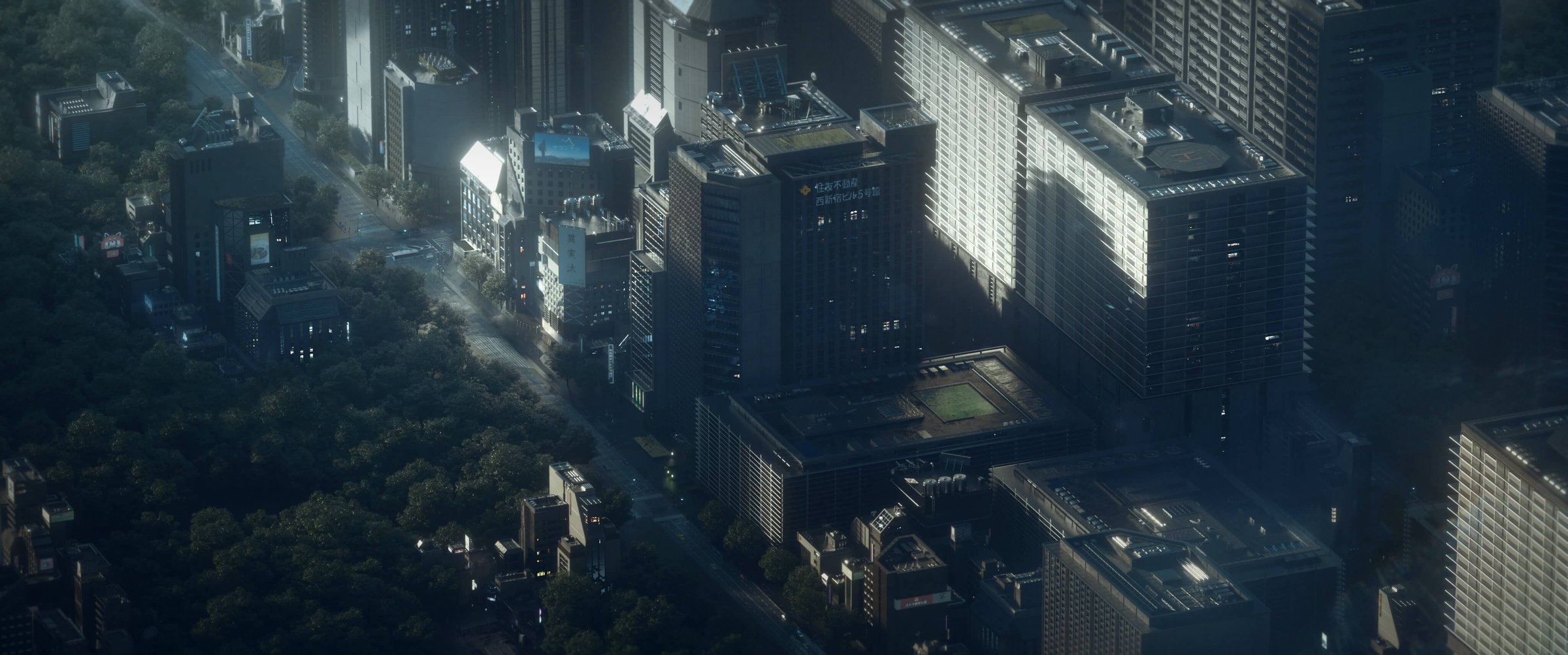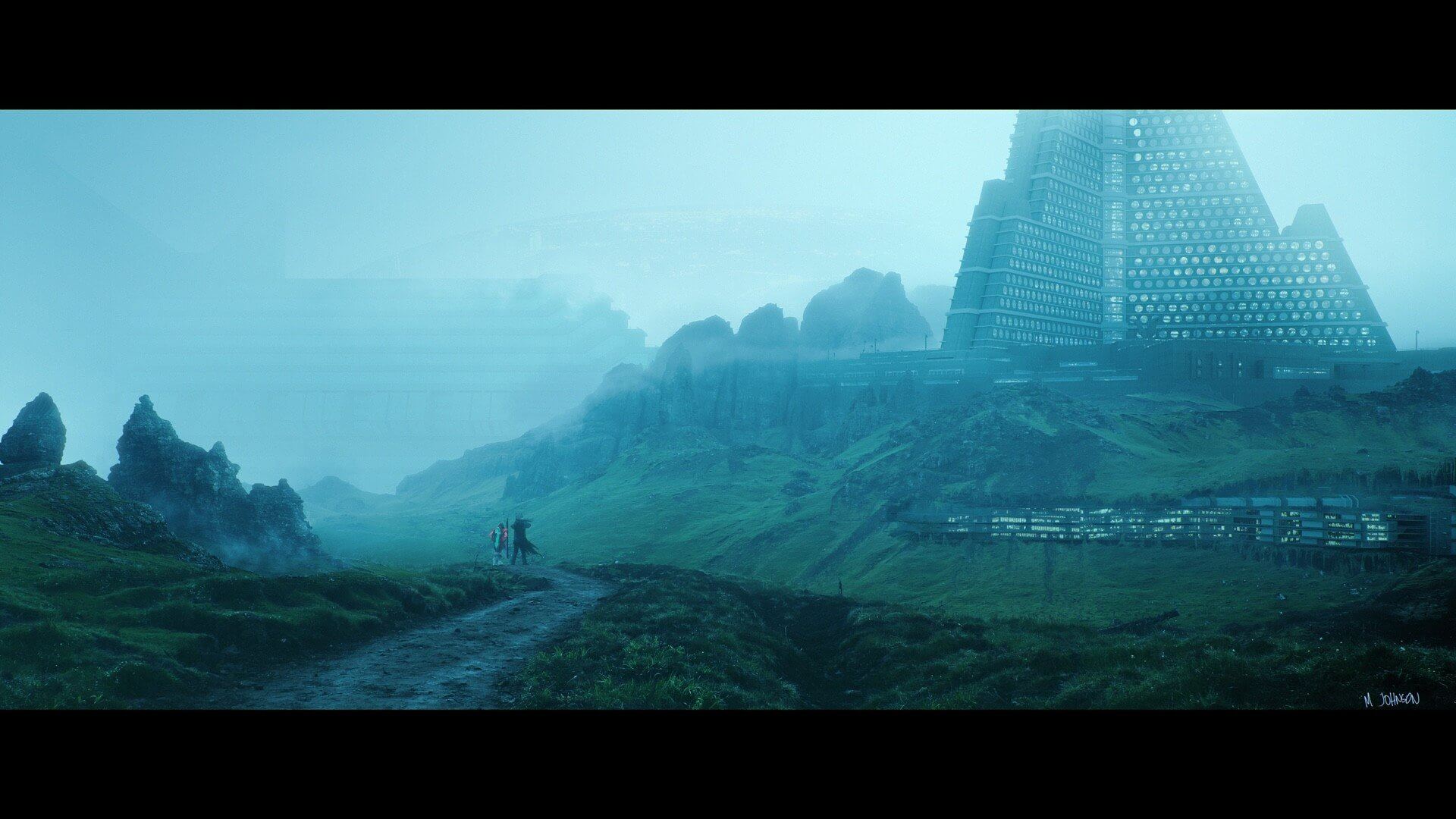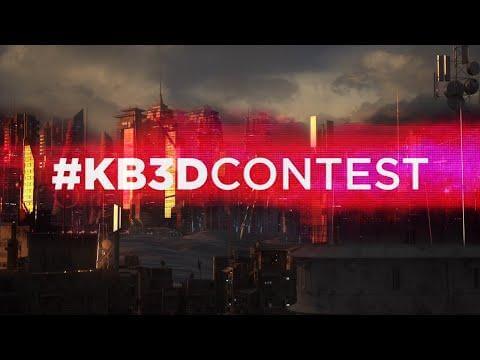
How long have you been working in the design industry, Jan?
I’ve been working in the design industry for close to 20 years and as a concept designer in the movie and video game industry for about 10 years. My beginnings lie in graphic and web design during the dotcom boom and after. I dabbled with 3D and sketching, and decided to follow my passion into designing and creating worlds for the movie industry.
My journey has been anything but straight forward. I've spent many years in academia, which resulted in a masters degree in Japanese Studies (and a never-ending love for the land of the rising sun). However, I don’t have a formal art education, just a one-year crash course.
What is your process before starting a project? What are your research methods? Or do you jump straight into sketching? Do you sketch at all?
If it is a project for a client I usually have a rough image in mind when reading the brief or just getting off a call with an AD. However, when I start the research my approach is two-fold. On the one hand I’ll try to find references and inspiration that is along the lines of what I have in mind. On the other hand I’m also looking for images that go very much against my preconceived notion of what I think it should look like and what the client would expect. Most projects usually end up as a mix of the two.
I do sketch a lot. Plenty of sketchbooks are full of doodles and notes. I never really take sketches very far though. It’s just to quickly visualize an idea or part thereof in a few seconds. They’re anything but pretty. Also I’d consider blocking out scenes in 3D as sketching, which is how I start most projects these days.
What is this cover art portraying?
With the Neo Tokyo 2 cover art I’m trying to go a bit more realistic and contemporary in depicting an area you’d find in Tokyo these days. It’s juxtaposed with a style of lighting that is cinematic and that might feel more familiar with scenes from New York to give it an interesting twist.
Can you take us through how you created this cover art?
At first I’d collect some good references from the web, stock photo websites and my own photography archive. After that I usually jump right into 3D. With this task it was important to show the Kitbash3d set in all its glory.

I settled pretty early on the kind of angle and shot I wanted and started to lay out the KitBash pieces according to that. The Neo Tokyo 2 set was supplemented by the Roads set and some tree models.


Once the first layout was done I’d move on to finding the right lighting, experimenting with sunlight systems or HDRIs. While my modeler of choice for this was Modo, I usually end up exporting the model to Octane Standalone for the improved rendering speeds and features.

After the lighting is in a good state and all of the supplied materials are added I start refining them a bit to suit my taste. At this stage it’s usually good to get feedback from the AD to refine the composition and design decisions.

The back and forth usually improves the image quite a bit and we settle on a layout that satisfy the needs of the client and is aligned with my own taste.

Now it’s time to finish the image. Further iterations for lighting and material are needed, but once everything is in place, I’ll render out a final high-resolution image with several passes like Material ID, Z-depth and Reflection that will allow me finer control when I bring everything into Photoshop.



In a 2D application like Photoshop I bring all passes together and add more details via photobashing and painting. Finally post processing effects like bloom, glare, flares and color grading are added.


And finally, why do you make art?
A good question and one I could never answer properly. “Something compels me” is probably the closest I’ve ever gotten. I’ve always been fascinated by the fantastic, by science fiction, future or foreign worlds depicted in books, comics or movies that felt alive and real. I can’t help but imagine new or very old places, faraway ones or even new variations on the familiar. Without that creation process I’d feel empty.
---

Jan Urschel is a freelance concept designer and illustrator working in the entertainment industry, designing for feature films and video games. His clients include Warner Brothers, Lucasfilm, Marvel, EA, Microsoft, Sony, Ubisoft, LucasArts, Cloud Imperium Games, Psyop, and many more. If you want more Jan, check out his ArtStation, website and Instagram.




